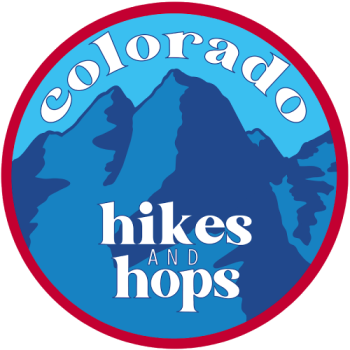High and Low by Keith Foskett
Hiking the craggy highlands of Scotland sounds so romantic doesn’t it? My mind immediately heads to fog settling into the high cliffs along the sea while Poldark inspired meals are served in large castles next to roaring fires.
Maybe it’s just me but there’s something very Outlander like thinking of high green cliffs overlooking spectacular lakes and seas.
No spoil alerts here but….
After reading this book I’m taking a pass on trekking the 600 miles of craggy Cape Wrath and West Highland Way trails. Bugs are not my thing and the Scottish midget (a small flying biting insect) make these trails their home. Add in the incessant rain that takes everyone prisoner with its damp and cold wind and frankly, miserable is the only descriptive word I can think of.
But let’s back up.
While through hikers generally set rather lofty goals with some intense pain points, why did Foskett pick this particular trail?
Foskett has hiked several famous trails including the Pacific Crest Trail and the Appalachian Trail. I was initially drawn to his style of writing: witty, funny and big on description.
Foskett decided to head on local quest after being sidelined on the Continental Divide Trail (CDT) due to a heart condition. Turns out his heart was fine but his mind wasn’t.
So typical with many of us, Foskett ignored the warning signs of depression and resolved to “get better’ by hiking another 600 miles in Scotland.
High and Low takes a left turn from his other writings. While we still get a look into Foskett’s dry sense of humor and brilliant history telling, this book could be summed up as a tell all for his journey out of depression.
While an apparent oxymoron “hiker with depression,” it’s actually more common than we are led to believe.
Countless research stressed the importance of getting outside. Heck, a whole movement called Forest Bathing, taken from the Japanese shinrin-yokuto is all over popular outdoor magazines and mindsets.
Getting outdoors is supposed to take away depression not contribute to it right?
Throughout the book, you see this battle Foskett wages with himself. He spells out how sometimes the body needs more than just exercise, fresh air and a very long through hike to heal.
In fact, the last chapter of the book are many other things he tried and used to help manage his depression.
That list, well it’s a pretty awesome and valuable tool for any of us - depressed, anxious, or just learning how to manage how to deal with our minds, souls, and body.
While parts of this book feel like a slog, I believe that is part of Foskett’s intent. He wants you, the reader, to feel the pull of nature, the angst of mental pain and the constant uphill battle to overcome self medicating through booze and nicotine.
Don’t get me wrong though…
This is not just a story of depression but it’s a wonderful tale of Scottish history woven with interesting tidbits of the trails in Europe. There are long explanations of Scottish food… Haggis anyone?
You also got a beautiful picture of the landscape of Scotland, flora and fauna along the trail and the people the author encounters along the way
One of the most pivotal moments in his journey is when he meets – a woman – out for a long day hike. Their paths intersect for the day. They end up meeting up throughout portions of this trail, and strike a friendship. It is through this friendship that Foskett finally sees his illness for what it is: depression.
If you want a “feel good story” of someone who conquers a trail – this is not the book for you.
However, if you’d like to journey with someone who’s been in denial about his mental health for years and eventually finds peace, healing, and restoration through nature and through hikers - this is your book!
Book Rating: Solid B
Parts of the book are boring and require a 2x speed if listening or a simple skip through if reading. However, overall Foskett’s simple joys, wonderful friendships made on the trail and his tell all about depression makes it worthy of your reading time.

